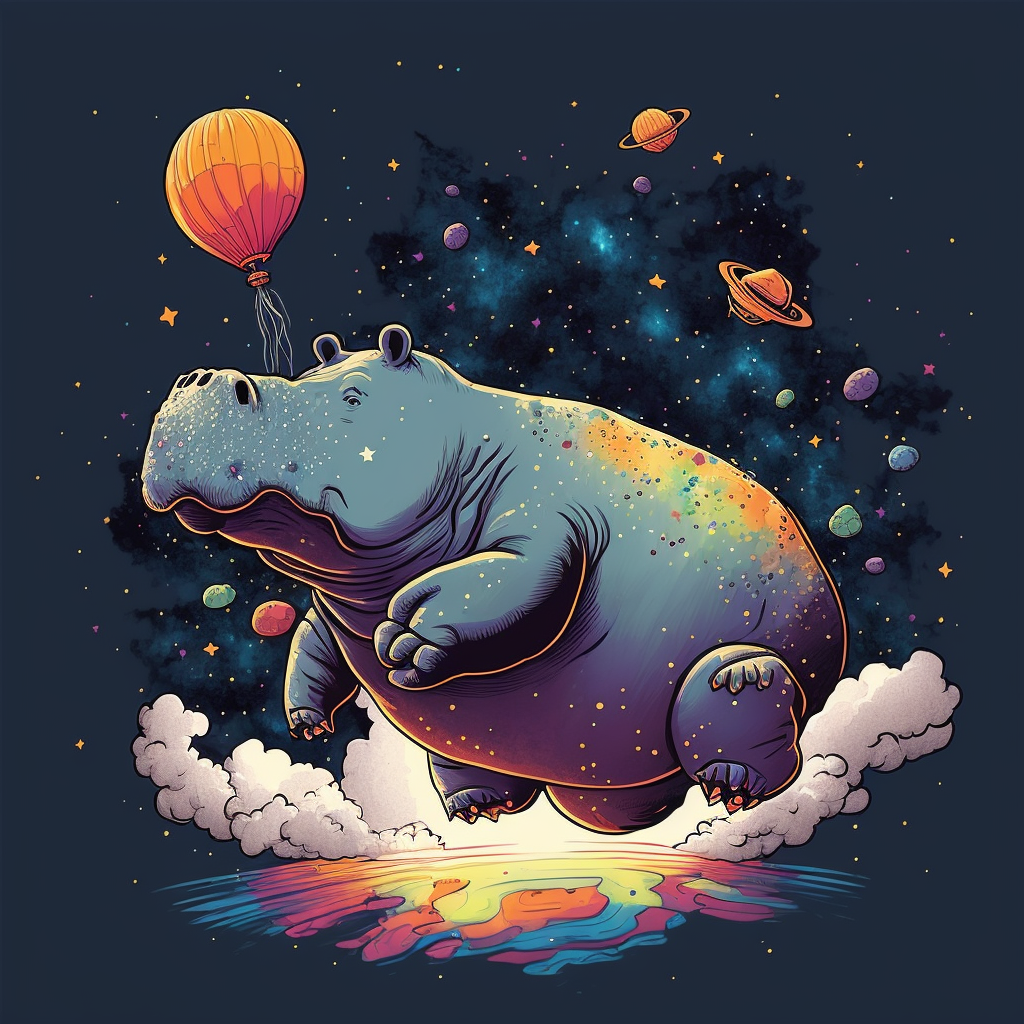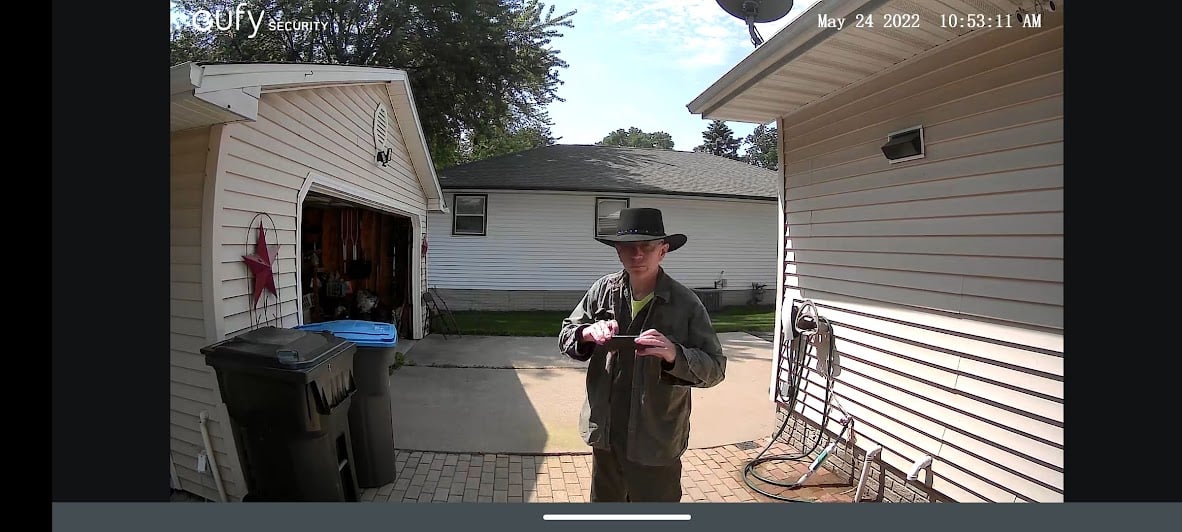So they fed LSD and humans to dogs?
and something magical happened.
The dog thought it could talk in human, but all it was really doing was barking erratically and shaking in a pool of blood, eyes wide and staring at an Eldritch god that only it could see.
It’s only fair for the pets to eat us as well.
For my fellow clickbait haters
In a new paper published today in the journal Advanced Science, researchers from China and the U.K. become the first to demonstrate inter-brain activity coupling between two species. The study goes on to illustrate not only how a mutation associated with ASD is linked to much lower coupling, but how a dose of LSD could help two brains intertwine.
Hopefully this puts LSD on a path to being easier to research and potentially becoming part of an approved therapy for certain conditions.
Old religious people: “Absolutely not, for no reason whatsoever.”
A bunch of that paper is over my head - but they do seem to say that the change is sustained
(with or without more doses???)EDIT: single dose has lasting effects /EDIT and that there may be encouragement for increases in social engagement for ASD humans with a therapeutic LSD dose.You’re doing god’s work, son.
deleted by creator
I’ve only read the headline but I bet it fucking did
In fact I’d love to trip with a dog
My friend’s dog ate our puke (without us knowing till later) from one of the 2C- analogs on a camping trip long ago. He had the time of his life chasing shadows then pouncing on them and digging holes. In the morning the campfire was surrounded with holes. Glad it all worked out for the best
Probably just a wild dream to the dog 😂
Fantastical land of the gnomes for sure
Based on the image, they definitely boned.
I took acid around my cat once. I think he could tell something was wrong and kind of tried to bring me round.
Did he grab a hold of you and slap you in the face while talking to you in human language?
Not quite, but he slapped me in the chest and screamed at the top of his lungs a few times
I’d imagine it’s also the dilated pupil thing. Makes you look stressed.
Yea, I did probably look different to normal
Once LSD becomes approved medication for ASD, my doctor will hear about my condition very fast
Using 10 beagles, the team performed 5 days of social experiments on pairs of unfamiliar dogs and humans. Participants wore electroencephalogram (EEG) caps to measure brain activity during 3 social interactions: when the human and dog were in different rooms, in the same room but not interacting, and in the same room while interacting, each for 5 minutes at a time. Inter-brain synchronization, the authors found, increased in the frontal and parietal lobes of the brain, both of which deal with attention, during the most intense social interactions like petting and looking at each other. This correlation continued to strengthen over the 5 days.
This is the baseline for comparison in the paper.
Next, the authors repeated the experiment using 13 dogs bred with Shank3 mutations, which are the most common genetic risk factors for ASD (autism spectrum disorder). The Shank3 mutants showed a loss of inter-brain activity coupling during interactions with humans, indicating this connection’s absence. However, 24 hours after administering a dose of LSD (7.5 μg per kg^-1 bodyweight), the authors observed much higher inter-brain correlation in the dogs’ frontal and parietal brain regions, outperforming dogs who had received a saline solution.
kg ^ -1 = 100 grams. So you can read it as 7.5 μg of LSD per 100 grams of dog. As to why that dose, from the paper:
we conducted a pilot study to determine an appropriate LSD dose at 7.5 µg kg−1 bodyweight, as 10 µg kg−1 bodyweight (inferred from previous reports on mice[13]) showed an apparent head-shaking effect, while 5 µg LSD kg−1 bodyweight showed no recognizable effect on the behaviors.
Full paper - https://onlinelibrary.wiley.com/doi/10.1002/advs.202402493
Dog telepathy?
40 up votes 20 down. interesting. sort of a community inflection point. magical










